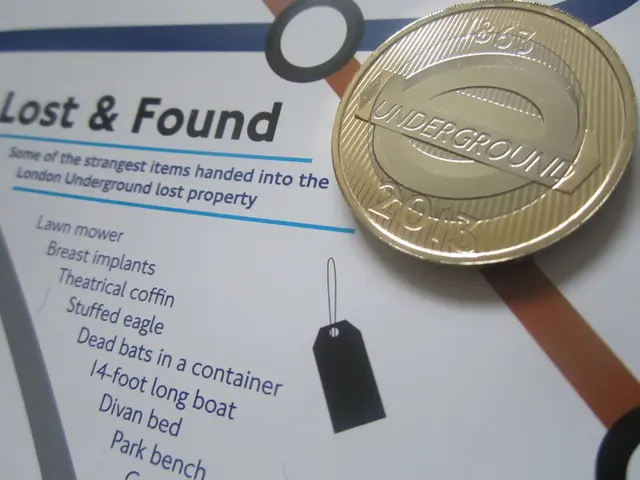Latest Developments in Computing via Water Droplet Technology
Water Droplet Computing: Merging Fluid Dynamics with Tech Wizardry
The world of computing just got a jolt of refreshing innovation with water droplet computing, a groundbreaking approach that manipulates water droplets at the mesoscale (10 microns to 1 millimeter) to create a unique computing system. Scientists at Stanford University have designed a system that turns tiny water droplets into "bits" of information controlled by rotating magnetic fields on specially designed chips [1][2][4].
What sets this apart from conventional electronic computers is its ability to manage both data and physical matter simultaneously. Unlike electronic systems that process data purely digitally, this system can serve as a miniature lab, where each droplet functions as a test tube carrying chemicals. This allows for programmable chemical reactions and high-throughput biochemical analysis [1][5][7].
The potential applications are myriad and include:
- Chemical Reactions on Demand: Loaded with chemical payloads, water droplets can trigger precise chemical reactions for drug discovery or biochemical analysis [4][5].
- Scalable Manufacturing: Water droplet manipulation could revolutionize manufacturing processes, enabling precise handling of materials at small scales [2][4].
- Environmental Monitoring: Adapted for pollutant detection or water treatment, the technology could route reactive droplets to specific areas for efficient monitoring [3].
- Advanced Material Processing: Algorithmic manipulation of physical matter can open doors in materials science for applications beyond conventional computing [4].
Although slower than conventional computers, this system isn't meant to replace electronic devices. Instead, it aims to tackle problems that require simultaneous computation and physical manipulation—tasks beyond the capabilities of conventional systems. By merging fluid dynamics with computing principles, water droplet-based systems could offer innovative solutions to challenges in biology, chemistry, and environmental science [1][4][5].
Dig Deeper
Water droplet-based computing differs markedly from traditional electronic computers in how it manages information and physical matter using micro-scale water droplets and magnetic fields. Compared to electronic computers, they offer increased energy efficiency, precise chemical control, and small-scale operation [1]. Some potential applications are biochemical analysis [4][5], digital manufacturing [2][4], environmental monitoring [3], and advanced materials science [4]. This innovative approach could complement conventional computing, pushing the boundaries of technology and science.
In the realm of technology, this innovative approach to computing, known as water droplet computing, combines fluid dynamics with tech wizardry, setting a new standard for simultaneous data processing and physical matter manipulation. By employing science to control tiny water droplets using magnetic fields, this system not only offers potential in digital manufacturing and environmental monitoring, but also opens doors for advanced material processing and biochemical analysis, expanding the horizons of conventional computing by merging it with fluid dynamics.




